
Crop Circle Gardens ® are small round gardens that get big garden production from small garden spaces. Perfect for the backyard and garden containers.
You can use just one or spread several across your backyard to take advantage of those small shade and sunspaces. Simple to use and easy to set up, Crop Circle Gardens are a “plant-and-forget” gardening system that require little work – no need to weed and watering is automated. Just sit back and watch them grow!
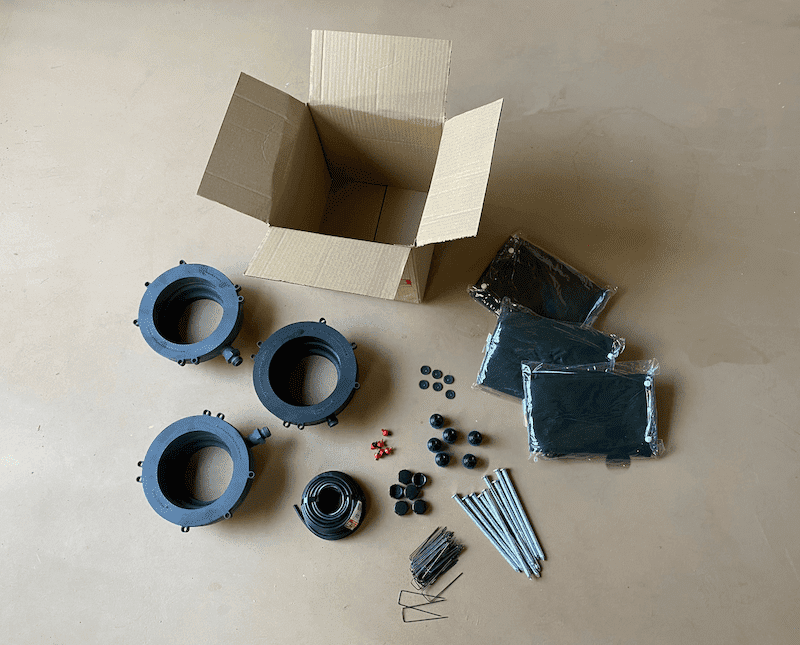
The first step is to design your garden by deciding where to place the gardens. Individual placements will determine what you can grow; tomatoes prefer full sun and lettuce grows best in semi-shade, for example. Each area should be large enough for your plants to spread. A 10 foot square area is needed to grow all varieties of indeterminate tomatoes, squash, melons, and cucumber and a 5 square foot area is all that is needed to grow all other types of vegetables, flowers and herbs.
Once one or more areas have been selected, the ground is tilled and leveled. A hole is dug out at the center of the area 30 inches wide and 30 inches deep and is filled with a nutrient rich mix of organic fertilizer and aged compost. This creates a subterranean garden bed that will feed your plants for years. The hole is filled about 4 inches above grade, so it mounds slightly. This will allow rainwater to drain away from the Crop Circle Garden.
The ground cover is laid out over the area covering the filled hole. Staples supplied with the kit are used to secure the cover to the ground to prevent removal from wind blow. A Crop Circle Garden inserts into the opening provided at the center of the ground cover and is secured using the 3 spike fasteners provided.
Plants are transplanted or seeds are sown in the opening at the center of the Crop Circle Garden. One end of a garden hose or quarter inch drip line is attached to the garden to water plants. A timer connected at the house regulates water use.
With most plants harvesting occurs throughout the season, but occasionally depending on plant type, Crop Circle Gardens can be replanted to grow a second crop. To replant, the plant is cut down leaving 4 inches of stem, the hose is disconnected, the spike fasteners are pulled, and the garden unit is removed exposing the soil circle and the center of the ground cover. The root is then removed by pulling the cut plant stems. Using a garden hand spade, a hole is dug out at the soil circle to a depth of 8 inches. We like to cavitate the bottom of the hole to create a tapered round opening, which will provide more room for fill. The hole is filled with a nutrient rich mix of organic fertilizer and aged compost, which can be augmented with ingredients that a particular plant may prefer, adding Epsom salt for tomatoes or peppers, for example. The garden unit is reinstalled, fastened in place and the hose reconnected. Seeds are sown or plants are transplanted to repeat the growing cycle.
These small round gardens are exceptionally productive, particularly for multi bearing plants like beans, peppers, eggplant, cucumbers, and tomatoes. The following examples show the production potential from a single Crop Circle Garden.
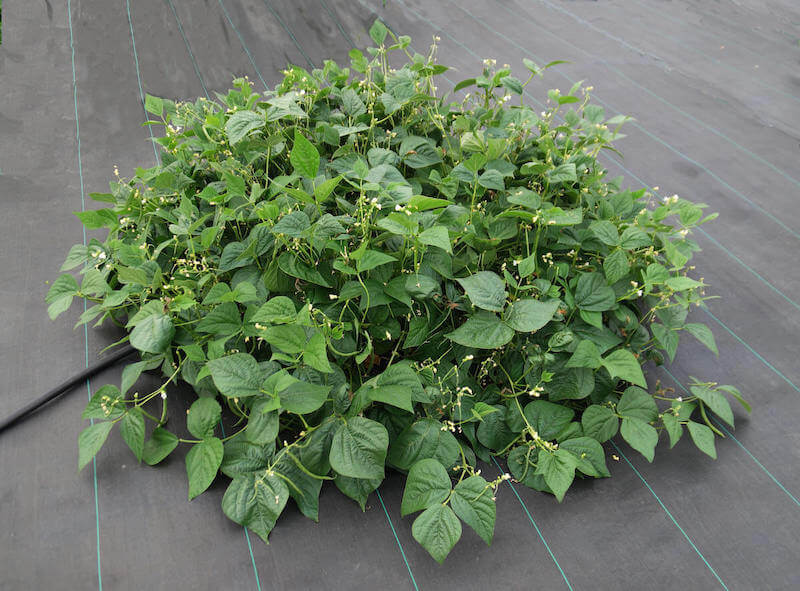
A popular vegetable for gardens, garden beans produce well in a Crop Circle Garden. Bush beans are the preferred variety because the plants are compact and stand upright on their own without the need for support like pole beans. All types of bush beans may be grown including yellow, purple, and green snap beans, light and dark kidney beans, bush lima beans and soup navy beans to name a few. Typically, green beans produce more than other bush varieties sometimes to to one. Contender green produces between 70 and 80 pods per plant, so a grouping of 10 plants in a Crop Circle Garden would produce between 700 and 800 bean pods or 10 pounds.
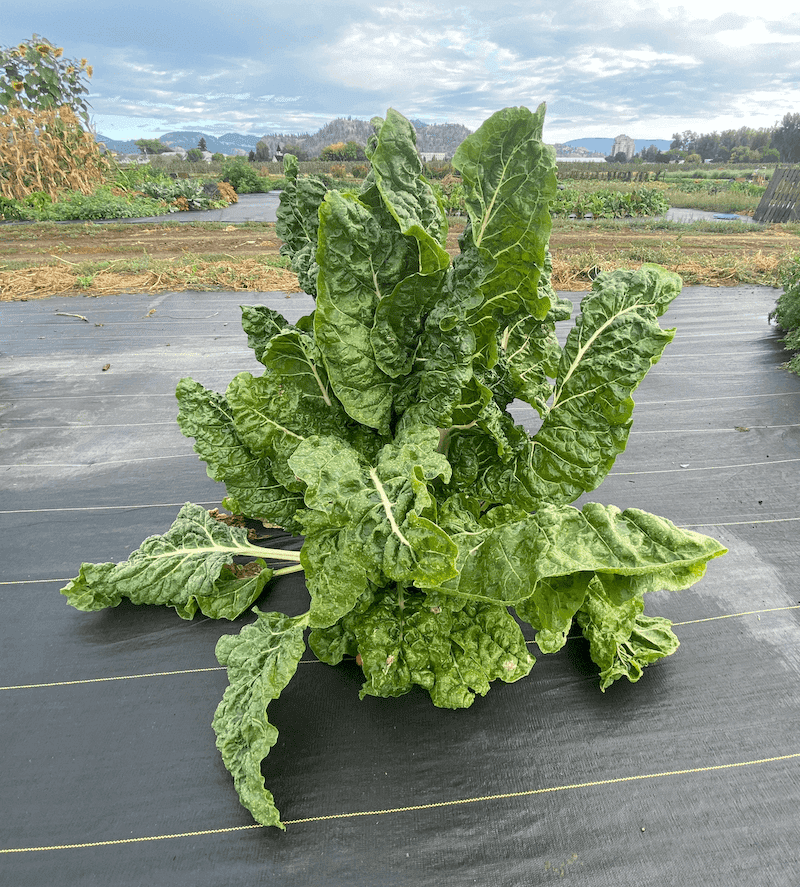
Only recently have chard plants become a popular vegetable to grow in the garden. This is due the introduction of new varieties of chard bred for their looks and taste. Fordhook Giant, an heirloom Swiss Chard, is the biggest chard growing more than 2 feet tall in the garden. Bright lights and rainbow are the most popular chard plants to grow in the garden because of its attractive multi-colored stems and leaves. Canary yellow is another popular chard with its distinctive light yellow veined leaves and dark yellow stalks. In terms of weight, not all chard leaves are equal. Fordhook weighs the most, one half a pound when harvested young. A first harvest of 15 leaves is typical and due to regrowth, subsequent harvests (as many as 3 during the season), a total of 45 leaves or 22 and a half pounds can be harvested.
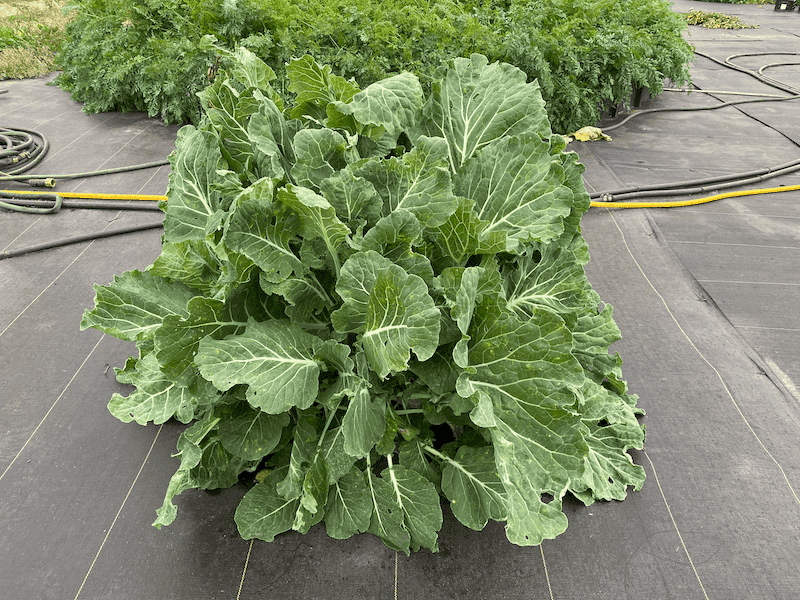
Collards are popular in the U.S. Southwest and seen growing most gardens. There are two types of collards, heading and loose leaf. Loose leaf varieties like Georgia Southern and Vates are great collards to grow in containers while Champion and Morris Heading are preferred collards for the garden. A Crop Circle Growing collards, particularly in a garden container will guarantee a bumper crop A dozen good sized leaves can be harvested from one plant. Each weigh approximately one pound and like chard will regrow after cutting. Collards can be cut and regrown 3 times depending on climatic conditions, so a total 36 leaves or17 and one-half pounds.
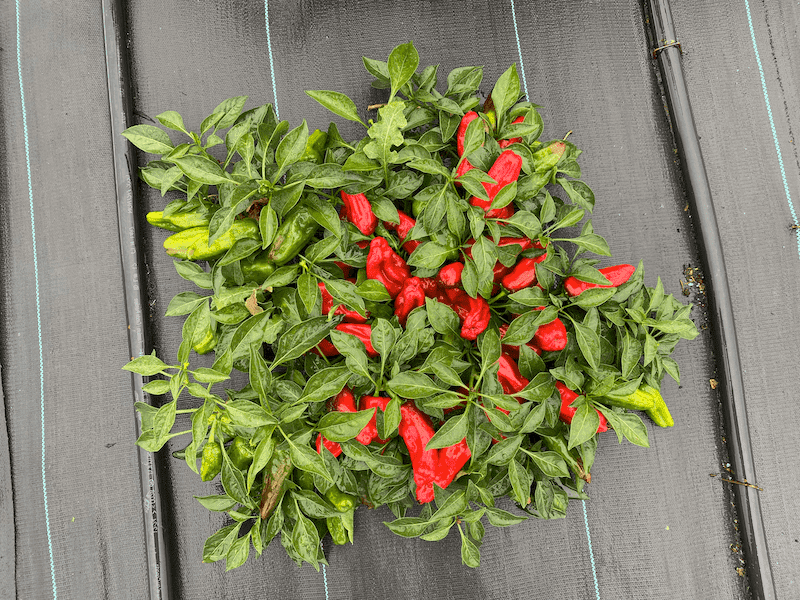
There are basically two types of peppers you can grow in the garden: sweet and hot peppers. Bell peppers are the most popular sweet pepper variety followed by banana peppers. Bell peppers grow great in a Crop Circle Garden with two plants producing an average 60 colored bells in a season. Hot peppers are even more prolific producing 100 peppers from two pepper plants.
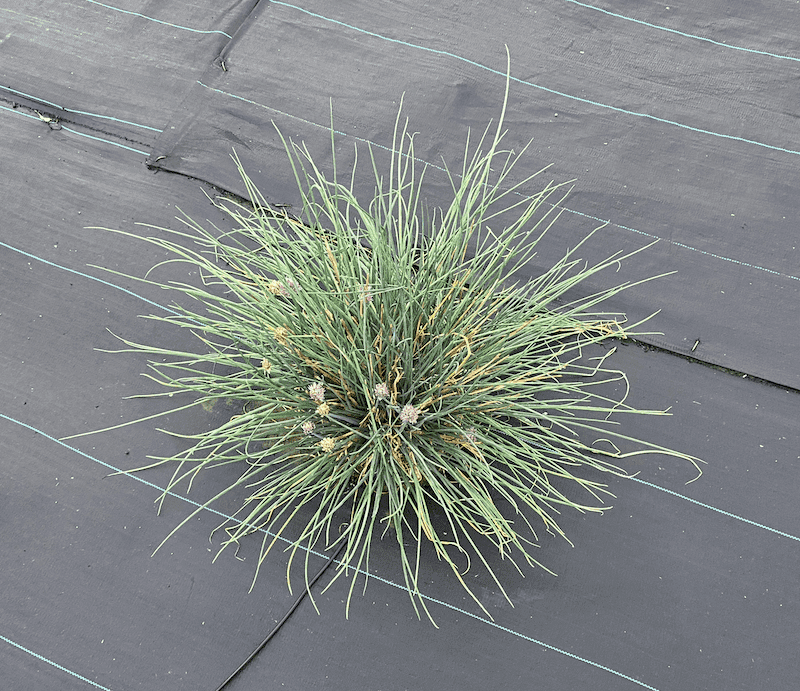
Chives are a popular herb to grow in the garden because they are versatile plants that can be served in several culinary ways. There are two types of chives for the garden, common and garlic chives. Both can be grown in either containers or the garden. Chives make a great container plant because it has little root and grows mostly top. A spreading plant, a small 2-inch clump of rooted chives purchased from a local nursery will quickly spread and fill the 7-inch diameter of the Crop Circle Garden producing more than 100 shoots and sprigs.
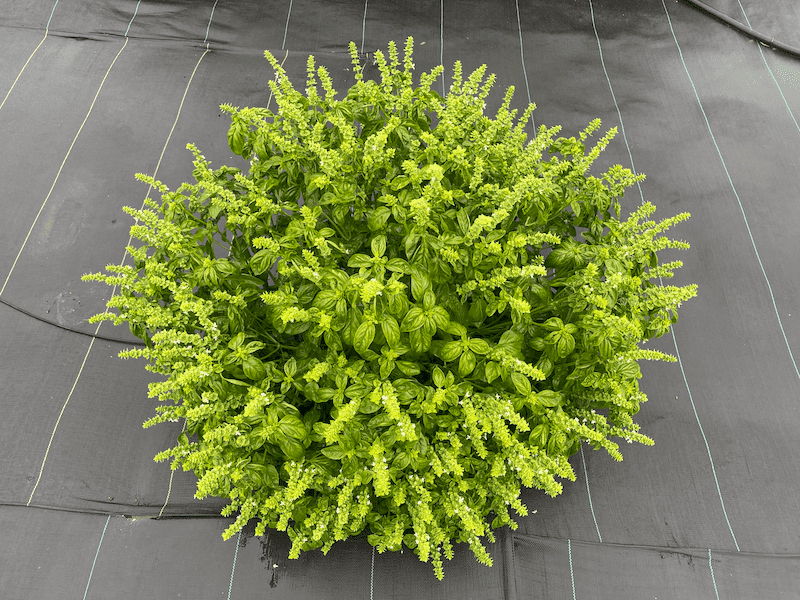
Basil grows great in containers and even better with a containerized Crop Circle. Shallow roots means that you can grow lots of basil and if you keep it trimmed, it will keep producing young, succulent leaves. The most popular varieties to grow in gardens and containers are Genovese Italian Basil, Thai, Lemon Basil, Purple Basil, and Lime. Continuous trimming of a basil plant will keep it producing and keep it from flowering and going to seed. Between 3 and 5 basil plants can be grown in a Crop Circle Garden depending on the variety, which can produce a pound of basil leaves or more.
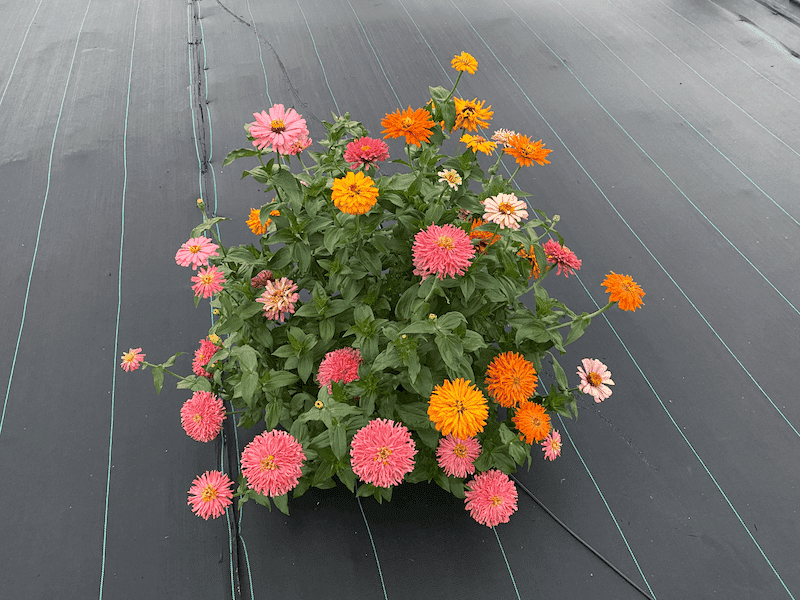
There are so many flowers to choose from. The best flowers to grow in containers are Begonia, Nasturtium, Verbena, Angelonia, Million Bells, Coleus, Pansies, and Black Eyed Susan. Great flowers to grow in the garden include Marigold, Lavender, Borage, Sunflower, Zinnia, Daises, Lilies, Tulips, Roses, Daffodils, Pansy, Petunia, and Peony. Some varieties of flowers like Zinnia, keep blossoming when they are continuously picked and others do not like Tulips, for example. A Crop Circle Garden will produce around 60 flowers throughout the season.
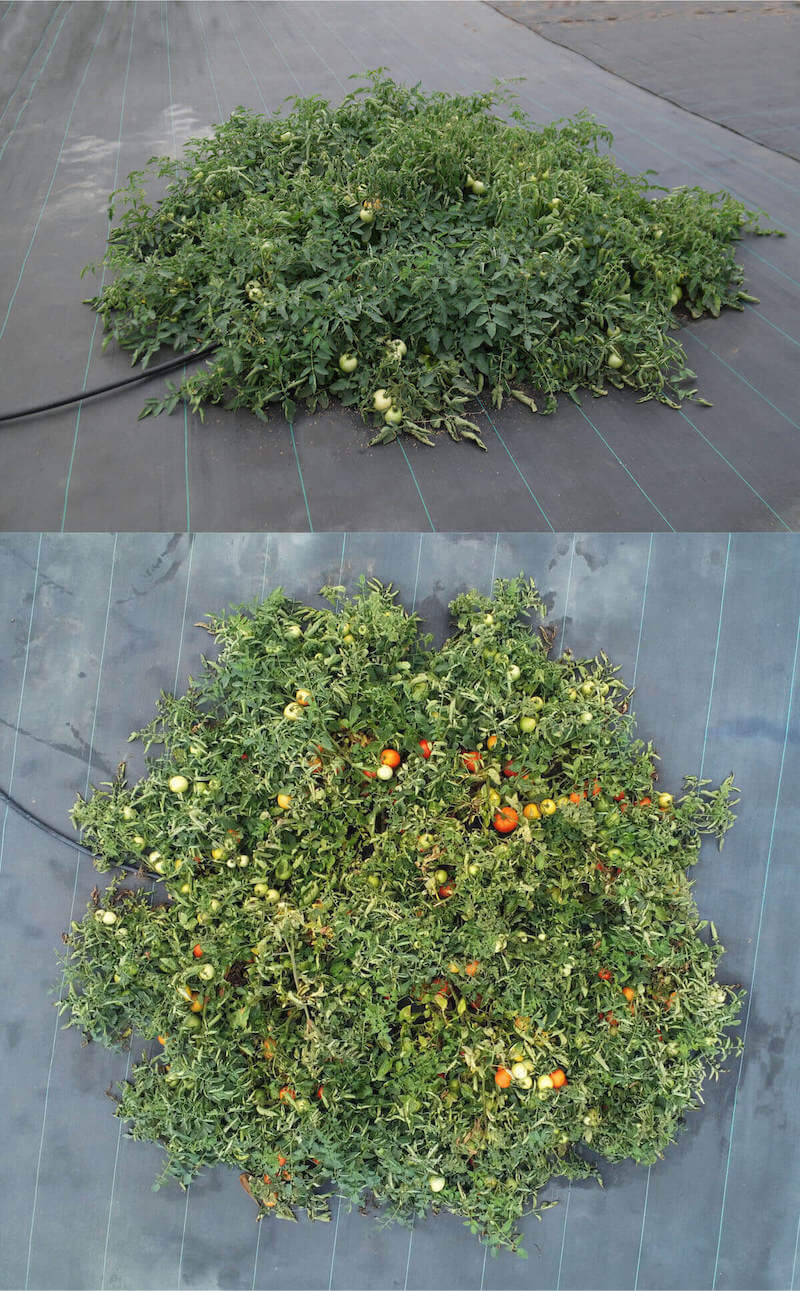
There are 4 types of tomatoes grown in gardens and garden containers: beefsteak (the hamburger tomato), cherry (the most popular tomato), globe (the snacking tomato), and paste (the sauce tomato) all of which can be further divided into determinate (non-vining tomatoes) and indeterminate (vining tomatoes), which typically require trellising and support. A Crop Circle Garden can grow up to 3 tomato plants depending on the variety. On average, 50 beefsteaks, 200 paste, 400 globe, or 1,000 or more cherry tomatoes can be harvested from just 1 Crop Circle Garden.
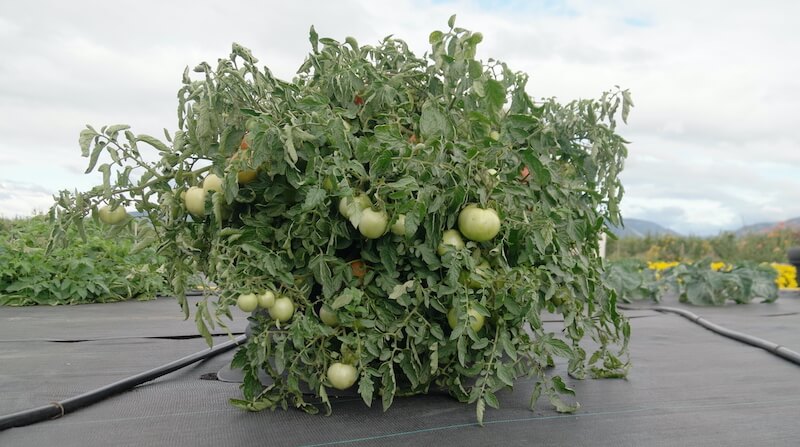
Tomatoes are a popular container plant however the design and shape of the container and the use of a vertical plant trellis combine to limit production. Growing vegetable plants in a container equipped with a Crop Circle Garden device removes any limitations for growing tomatoes in pots and planters. First, a Crop Circle Garden prevents the root bound tendencies of the plant growing in a container and second, the attachment of a Tomato Volcano permits the unfettered, natural vining of a tomato plant, which will dramatically increase flowering and fruit set. 50 or more beefsteaks and over 1,000 cherry tomatoes can be produced from one tomato plant growing in a garden container equipped with a Root Tube.